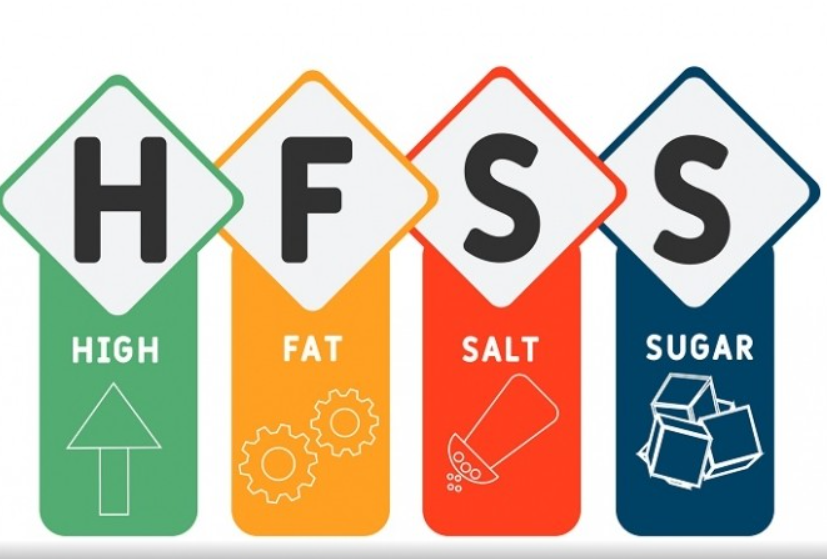Politics makes strange bedfellows, continued
I was delighted to see this opinion piece in Forbes by Hank Cardello, who writes very much from the food industry’s point of view: The One Big Beautiful Bill To MAHA: Drop Dead.
The so-called “One Big Beautiful Bill” now moving through the Senate proposes sharp cuts to SNAP (food stamps), WIC (Women, Infants, and Children) and Medicaid—programs that are lifelines for low-income families. The contradiction is glaring: How can one branch of government promote healthier eating while another branch strips away the supports that make that possible?
“The bill handicaps MAHA’s goals,” he says, pointing out that reducing benefits for these programs can only “increase food insecurity, making it more difficult for people to afford nutritious food and sustain their health.”
This, he says, is
a political blunder…affordable food has more power to sway voters than tariffs or slogans. Cut these programs, and we widen the gap between what families should eat and what they can eat….Medicaid and SNAP aren’t just social programs—they’re long-term investments in public health and economic stability.
He suggests three ways to make MAHA a reality:
- Expand SNAP eligibility to include struggling working families just above the poverty line.
- Recognize food policy as a voter issue, not just a health issue.
- Lawmakers should stop pretending nutrition policy can succeed without social policy alignment.
COMMENT
Wow. I could not have said this better myself. What this tells me is that at least some segments of the food industry fully understand that making people too poor to buy their products is not good for business, let alone for society. Cardullo always has intelligent things to say about food issues, even when I don’t always agree with them. On this one, we are completely aligned. Thanks Hank.


